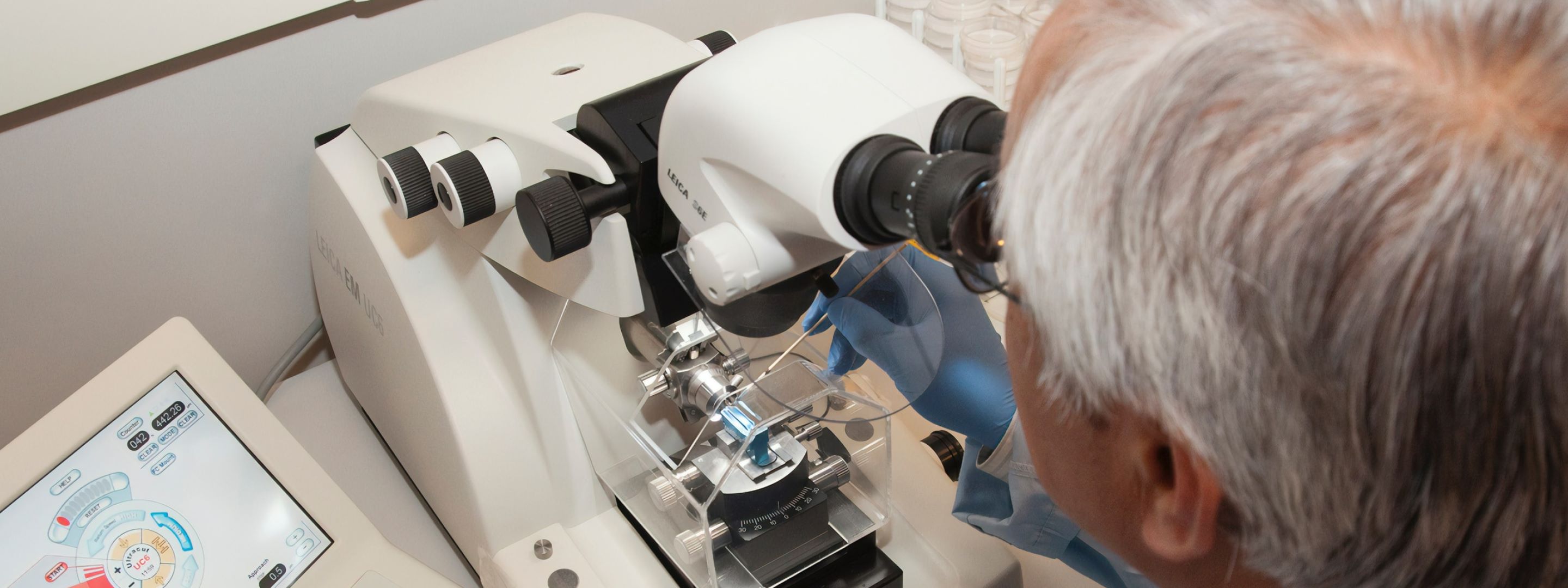Nogra Pharma is developing a set of small molecules, New Chemical Entities, for the treatment of Immune-Inflammatory-Mediated Diseases, acting through the modulation of Aryl hydrocarbon Receptor (AhR) activity.

Aryl Hydrocarbon Receptor (AhR)
AhR is a transcription factor activated by a variety of natural and synthetic ligands, known for its involvement in responses to environmental pollutants (e.g. «dioxin» TCDD).
AhR constitutes a major network hub of signalling pathways, connecting the host’s immune cells to environmental factors and microbiome, shaping innate and adaptive immune processes to environmental stimuli.
Target ID
Lead ID & Preclinical
Formulation Development
Clinical Phase l
Clinical Phase lI
Clinical Phase lII
Market
SAhRMs Platform
Introduction
Nogra is developing a set of small molecules, New Chemical Entities, for the treatment of Immune-Inflammatory-Mediated Diseases, acting through the modulation of Aryl hydrocarbon Receptor (AhR) activity.
AhR is a cytosolic ligand-activated transcription factor known for its involvement in human responses to environmental pollutants. In addition to its extensively characterized role in detoxification of xenobiotics, during the last few years the roles of AhR in other physiologically and pathologically relevant pathways have been reported, including immune functions, inflammation, and carcinogenesis.
New Chemical Entities design, in silico screening and synthesis
Up to now the tridimensional structure of the ligand binding domain of AhR has not been determined, therefore an in silico scaffold hopping approach was used to design new compounds, starting from the lowest energy conformation of β-carboline derivatives (shown in vitro to increase AhR signaling), and replacing the central β-carboline core. Upon in silico ADMET screening, six molecules (New Chemical Entities, NCE, abbreviated: 2, 4, 13, 15, 17, 24) were selected and synthetized.
In vitro and in vivo screening for Lead compounds identification
In vitro ART Screening was performed on compounds 2, 4, 13, 15, 17, 24, which included assessment of solubility and stability in buffers; metabolic stability in liver microsomes, hepatocytes, and S9 fractions; stability in plasma; plasma protein binding and Caco-2 cells permeability. All the molecules were deemed suitable for further evaluation.
The NCEs were tested both in vitro and in vivo to evaluate their potential application in the treatment of Immune-mediated Inflammatory Diseases and identify Hit compounds for further development.
(https://doi.org/10.3389/fphar.2019.00380 ; https://doi.org/10.3390/ijms22147501)

AhR in Dermatology
Several studies have shown that AhR is an important regulator of the skin barrier function and controls immune-mediated skin responses.
In the skin AhR is widely expressed and plays an important role in the development and maintenance of the skin barrier and in the response to external environmental signals. In particular, this receptor is involved in inflammatory skin diseases e.g. Psoriasis, Atopic Dermatitis, representing a potential therapeutic target. AhR signaling via FICZ reduced the inflammatory response in imiquimod-induced model of skin inflammation.

AhR in Gastroenterology
In the gut, AhR controls the differentiation, activation, and proliferation of many immune cells and triggers anti-inflammatory pathways such as the development of T-regulatory (T-reg) cells or interleukin (IL)-10 expressing T-reg type 1 cells,
(https://doi.org/10.1016/j.immuni.2017.12.012)
Defects in counterregulatory mechanisms contribute to amplify the detrimental inflammatory response leading to the pathologic process occurring in the gut of patients with Crohn’s Disease (CD) and Ulcerative Colitis (UC), the major inflammatory bowel diseases (IBDs), in human beings.
One such mechanism involves aryl hydrocarbon receptor (AhR), a transcription factor activated by natural and synthetic ligands, which induces the production of interleukin (IL)-22 and down-regulates inflammatory signals. In IBD, AhR expression is down-regulated and its activation by natural ligands promotes clinical and endoscopic benefit.

SAhRMs - New Chemical Entities
Selective AhR Modulators for the treatment of Immune-Inflammatory-Mediated Diseases

Target: human AhR
Product class: NCEs, selective AhR modulators (SAhRMs)
Area of interest: Immune-Inflammatory-Mediated Diseases
Indications of interest & route of administration:
- NCE for treatment of Inflammatory Bowel Diseases (oral)
- NCE for treatment of Psoriasis and Atopic Dermatitis (oral, topical)
- Other Indications – Pneumology (oral and inhalation)
Development stage: Nonclinical – Lead and Back-up Compounds Identification.

Summary and Outlook
New Chemical Entities able to elicit an AhR-mediated anti-inflammatory and immune regulating activities have been successfully designed.
Screening in relevant in vitro and in vivo preclinical models, allowed the identification of lead compounds suitable to be exploited as potential therapeutic agents for the treatment of immune-mediated inflammatory diseases.
Based on the collected data, Nogra Pharma plans to exploit the compounds for the following indications:
- Treatment of moderate-to-severe Ulcerative Colitis (oral formulation)
- Treatment of Psoriasis and Atopic Dermatitis (topical/oral formulation)
Additional indications, such as treatment of inflammatory chronic lung diseases, upon development of an oral and/or inhalation formulation, are also being considered.
Nonclinical safety and pre-formulation activities are being initiated for lead confirmation or optimization.
A patent family covering the new chemical entities is undergoing extensive worldwide national /regional phase examination, with an estimated expiry of 2035 and eligible for patent term extension up to 5 years.

